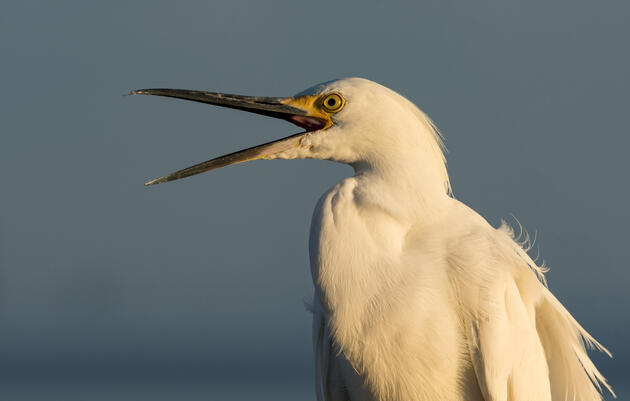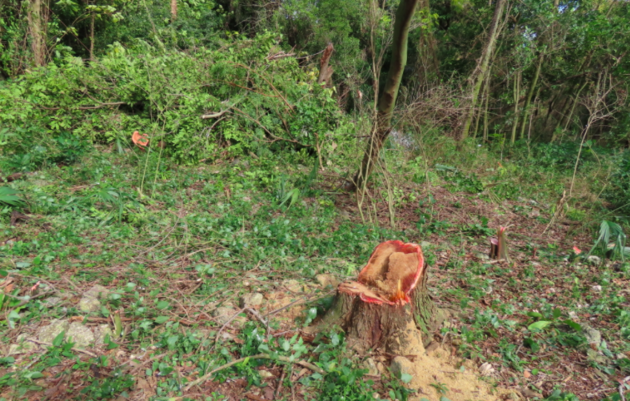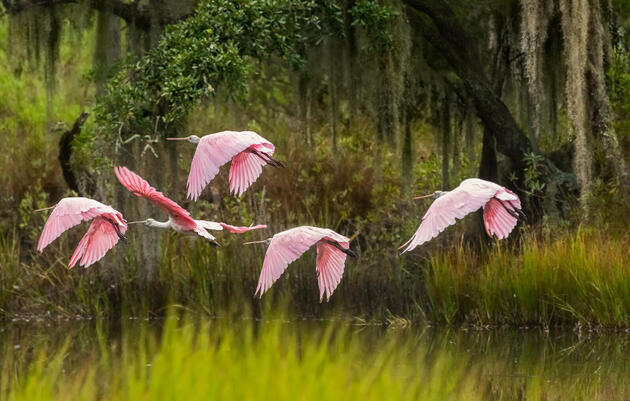It seems everyone wants to move to Florida. In addition to an influx of around 1,000 new human residents each day, reports of non-native wildlife in our state are also growing dramatically. Though reptiles like the Burmese python or green iguana make the news most often, we also have large numbers of insects, birds, fish, and mammals that are being seen from the Keys to the Panhandle. In total, more than 500 species of nonnative fish and wildlife have been reported to resource managers since these records have been kept, and 150 of these species have established reproductive populations in the wild.
Nonnative wildlife can negatively impact Floridians and our environment in many ways. Environmental impacts include predation on native species, competition with native species, habitat alteration, and the spread of disease and parasites. Further, nonnative species can create human health and safety concerns and threaten our agriculture and infrastructure.
For example, Rhesus macaque monkeys that were accidentally established in Florida parks and wild areas often draw the attention of visitors, but many of these animals carry the herpes B virus, which can be passed to humans. In South Florida, Green iguanas can burrow into earthen water control structures, resulting in expensive emergency repairs to avoid failure. In our waterways, Asian green mussels colonize the bottoms of seagoing ships, stormwater drains, and the intakes of power plants, and have even caused floating navigational markers to sink from their weight.
So, what can you do if you see nonnative species the next time you are out birding or hiking through Florida? Let resource managers know “you’ve got one” by submitting the information at www.IveGot1.org, calling 888-IveGot1, or by downloading the IveGot1 app on your smartphone and submitting your observation there. Alternatively, if you use eBird on your birding trips, make sure to submit any nonnative species in your checklists and include photos when possible. Resource managers periodically review eBird data for information on nonnative birds; they captured over 10,000 records during their first review in 2011!
Limiting the negative impacts of nonnative wildlife also requires a concerted effort by local, state, and federal resource managers to control existing populations and prevent establishment of new ones. The Florida Fish and Wildlife Conservation Commission (FWC) participates in “Early Detection/Rapid Response” efforts to prevent the spread of established species to new areas. Additionally, FWC recently convened a “Nonnative Fish and Wildlife Technical Assistance Group” to increase dialogue and understanding among stakeholders as they work towards improving the regulatory structure for nonnative fish and wildlife in Florida. Audubon Florida’s Chris Farrell and Apalachee Audubon’s David Arnold serve as representatives for the environmental community and help give Audubon a seat at the table when decisions are made affecting birds or the places they need.







